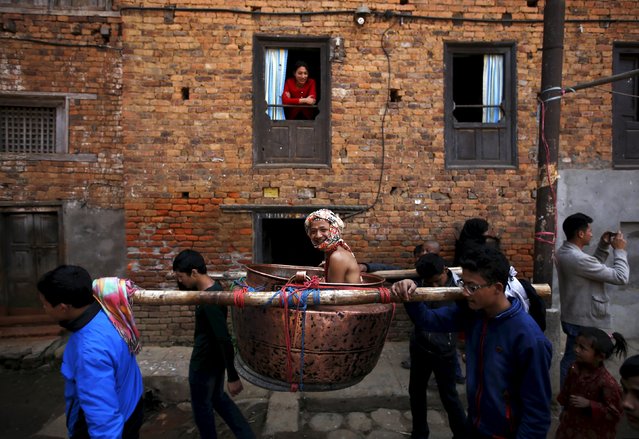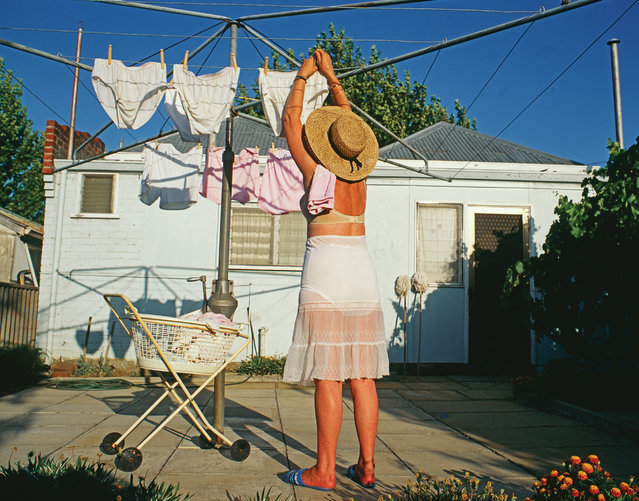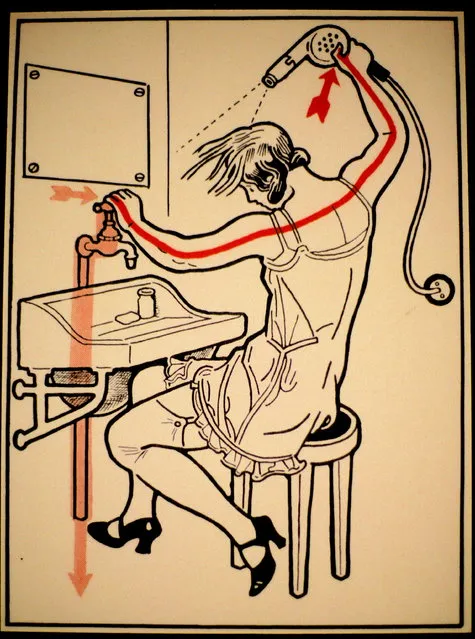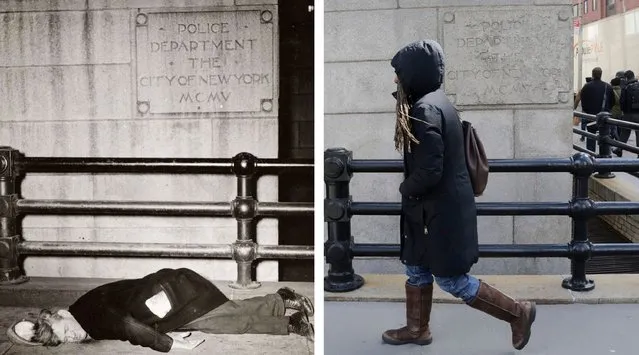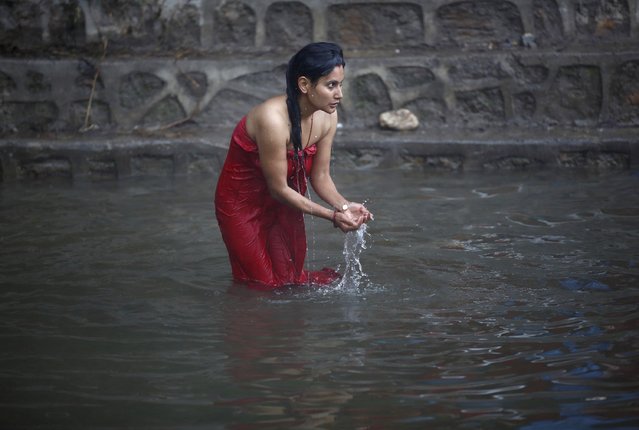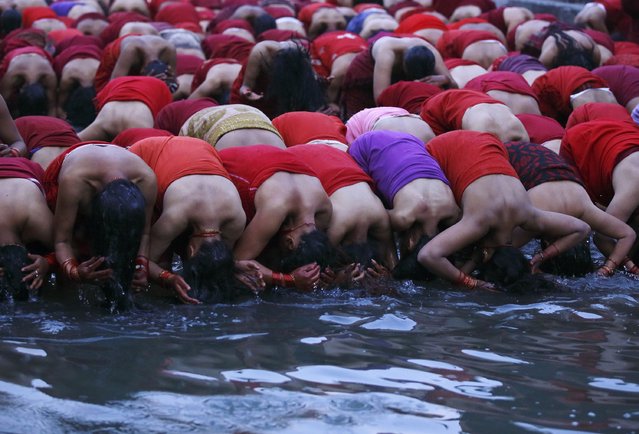
A Palestinian boy herds sheep in front of the ruins of Yasser Arafat International Airport, which was bombed by Israel in the past, in Rafah in the southern Gaza Strip February 5, 2016. Nabil Shurafa's travel agency in Gaza was once packed with clients booking flights to London, Paris, New York or cities across the Arab world. These days, he's lucky if anyone comes in, as so few people can get out. (Photo by Ibraheem Abu Mustafa/Reuters)
18 Feb 2016 13:27:00,post received
0 comments

